Insect venom allergy
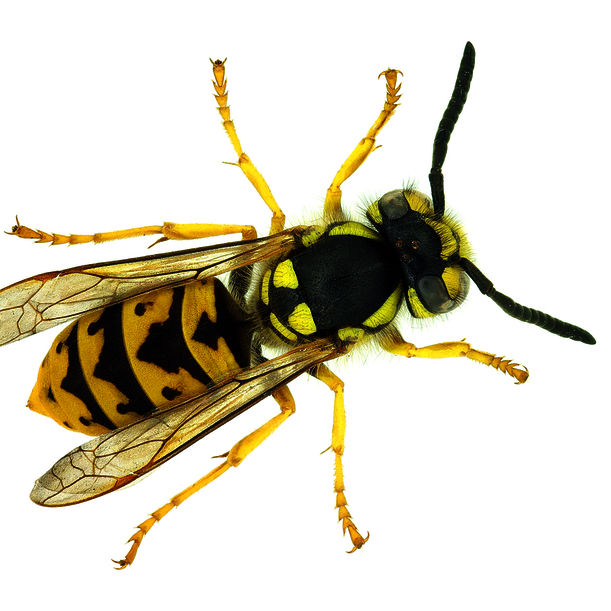
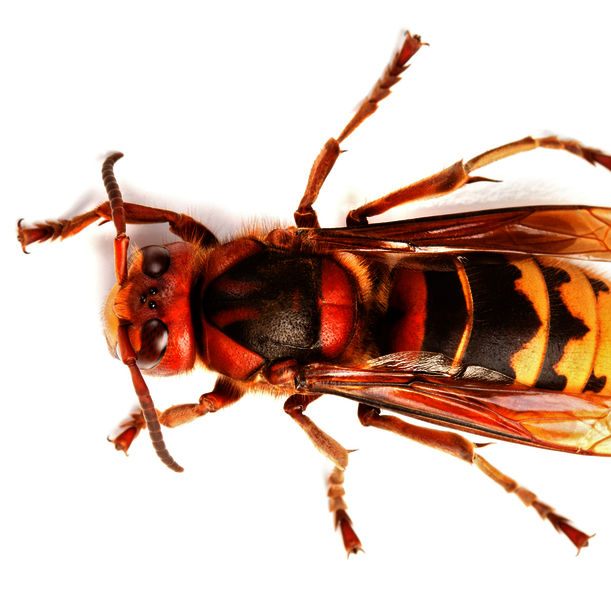
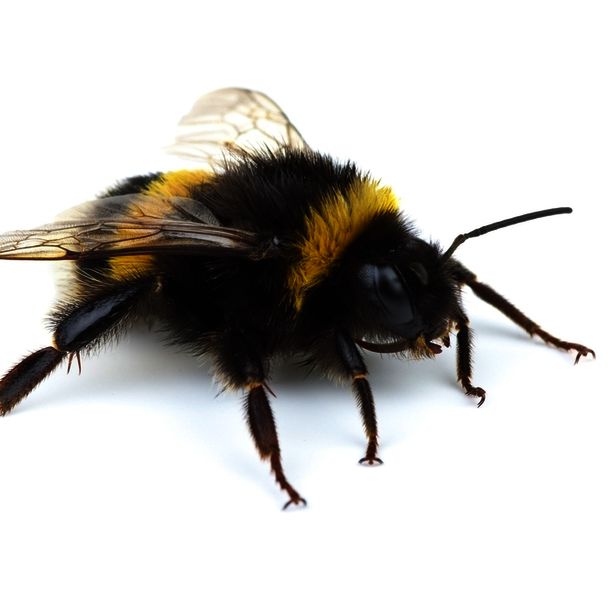
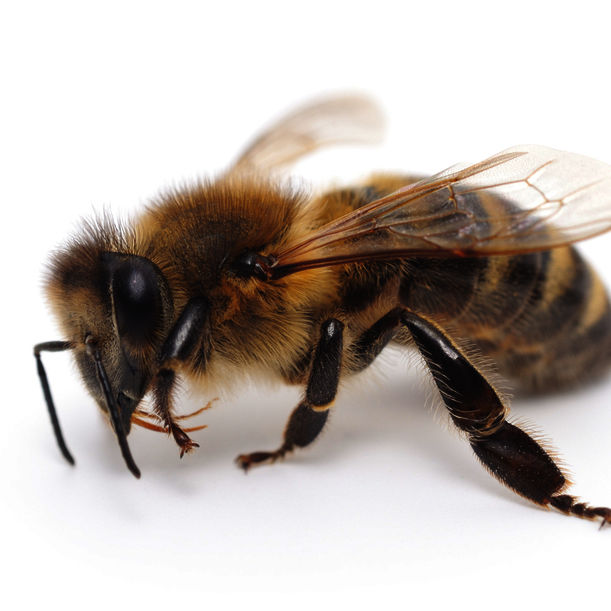
Insect venom allergy is known and feared due to their often dramatic allergic reactions. It is not rare – in Austria, about 3% of the population react to insect venom with general symptoms such as rashes, dizziness, and shortness of breath. About 5% suffer from exaggerated local reactions, consisting of several centimetre-large swellings at the sting site, which can persist for several days. A small swelling and mild pain at the sting site, however, is a normal response to insect venom. However, some individuals develop an immune response to poisonous components. When it comes to the formation of IgE antibodies, this leads to the development of an insect venom allergy. In contrast to other forms of allergies, insect venom allergies are not associated with familial clustering and genetic predisposition, which means that anyone can develop an insect venom allergy if he/she is stung more often. Allergy testing and treatment (or prophylaxis) should be carried out, because the immune system is stimulated with each sting, meaning that the reaction to the following sting may be much stronger. Insect venom allergies are very dangerous, often ending in an allergic shock. Insect allergy sufferers should always carry emergency medications in case of a sting. For moderate to severe reactions, vaccination with the appropriate insect venom is recommended. This is usually very well tolerated and provides almost 100% protection.
Types of reactions to stings
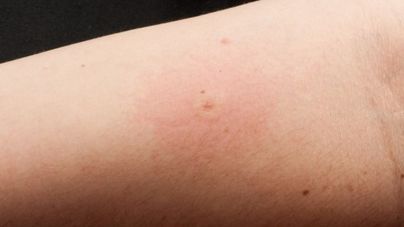
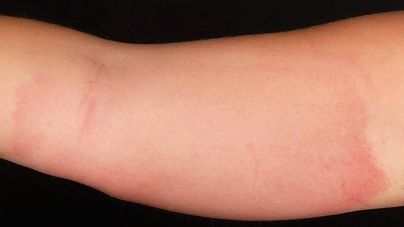
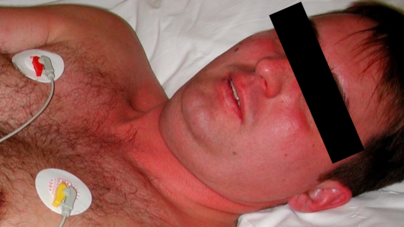
Emergency medications for people with insect venom allergies
- A fast-acting antihistamine (tablets, soluble tablets)
- Cortisone (tablets or effervescent tablets)
- Auto-injector with adrenaline
In Europe, only a few insect species are responsible for allergies. The most common allergens are various wasps; much less common is a bee venom allergy. People allergic to bee venom normally often also react to bumblebee venom. Similarly, people with a wasp allergy often also react to hornet stings. Very rarely, horse fly bites can cause systemic allergies. Mosquitos rarely cause aggravated local reactions (swelling greater than 10 cm at the bite site). Bees sting only for defence, mostly in the vicinity of the hive, and people rarely get in the way. The wasp population increases very rapidly in late summer. Therefore, there is a lack of food at this time of year and wasps visit people to feed on desserts and meat. stings are very common due to this conflict situation.
Bees | Wasps |
Stings from Spring to Autumn | Stings from Summer to Autumn |
Near beehives | Near food |
Near flowers | Near trash |
Stings tend to occur on the feet | Stings on the fly |
Stinger with venom sac stays in the wound | Stinger usually does not stay in the wound |
Tips for insect venom allergy sufferers
- Beware of eating outdoors – wasps are attracted to food and drinks (desserts, sweet drinks, meat).
- Never drink from a bottle or can; a wasp may have crept unnoticed into the container.
- Take care when picking fruits and flowers.
- Avoid garbage containers outdoors.
- Never walk barefoot outdoors.
- Protect your living area with fly screens.
- Do not use perfumes or strongly scented beauty products. Sweat also attracts insects.
- Do not wear wide, colourful patterned clothing; insects are attracted to colour and can easily get caught in the fabric.
- Only ride a motorcycle with the jacket collar and the helmet closed.
- Stay calm if you see bees or wasps.
- If you have not done any vaccination therapy, always carry emergency medication with you. Take these immediately after a sting.
- If the stinger is stuck in the skin, remove it as soon as possible. The method of removal is unimportant; you cannot squeeze the venom sac. In 20 seconds, however, 90% of the venom has been ejected.
